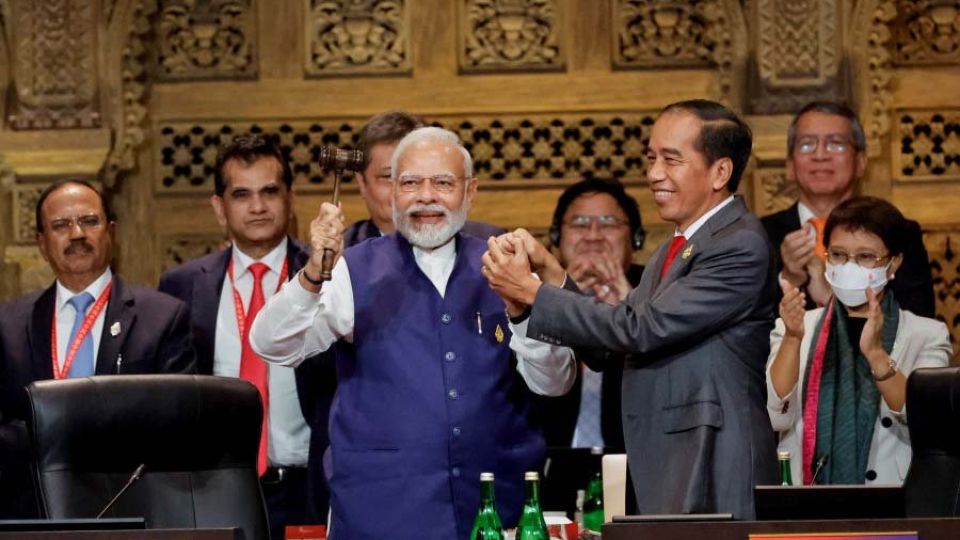December 9, 2022
KATHMANDU – India assumed the presidency of the Group of Twenty (G20) on December 1 for a one-year term with the theme of “Vasudhaiva Kutumbakam” or “One earth, one family, one future”. The theme underlines the interconnectedness of the world that we are living in as the issues are global. The G20 has three distinct tracks that encapsulate wide-ranging issues that are of significance. The financial track would put emphasis on issues like global macro economic policies, infrastructure financing, international financial architecture, financial inclusion, health finance, international taxation and financial sector reforms. There is a Sherpa track focussed on 12 work streams and includes important issues like digital economy, employment, environment and climate, education, energy transition, health, trade and investment, and tourism. The agenda also includes engagement with the private sector, civil society, regional and international bodies. Importance is also given to multilateral reforms for inclusive, equitable and sustainable growth.
As president of the G20, India can play a leading role in shaping debates on issues that are increasingly becoming important for development and growth. Some of the issues that are more relevant to the South Asia region are discussed. Climate change-induced disasters have made global citizens aware of future risks.
Most South Asian countries use fossil fuels to generate energy. According to a 2021 World Bank report, greenhouse gases generated through energy production account for 63 percent of regional emissions. The rising price of petrol has made it difficult for countries to keep pace with energy production as dollars have become short in supply. In Bangladesh, 70 percent of its electricity is produced using liquefied natural gas (LNG), whereas India uses coal to produce around 70 percent of its electricity requirement. A transition to green energy is very much high on the agenda of the governments of this region.
Green energy
Renewable energy will get a boost with India heading the G20. Wind and solar energy will be game changers in the region. The International Solar Alliance counts most South Asian countries among its members. Solar energy will help in the green energy transition to advance sustainable development that also takes into consideration concerns related to climate change. Most of the region’s countries are also vulnerable to climate change-induced natural disasters that have displaced millions. According to the World Bank, 750 million people in this region have been affected by at least one climate disaster in the last two decades.
South Asian countries—especially Nepal, Bhutan and India—are endowed with hydropower. Governments here are concerned with providing electricity to households as one of the basic measures of governance. In the last few years, India has been focussing on connecting cross-border electricity grids and building new transmission lines within the framework of Bangladesh-Bhutan-India-Nepal (BBIN) sub-regional cooperation. Cross-border pipelines like the Siliguri-Parbatipur and Motihari-Amlekhgunj pipelines are some of the projects that have been implemented to enhance energy cooperation. Bhutan is poised to produce nearly 10,000 megawatts as a result of cooperation in the hydropower sector, and the two countries have signed their first 50:50 joint venture power project. Nepal currently has a generation capacity of 2,190 megawatts, and is part of the Indian energy exchange to sell electricity. It will take a few years for the region to transit to green energy.


